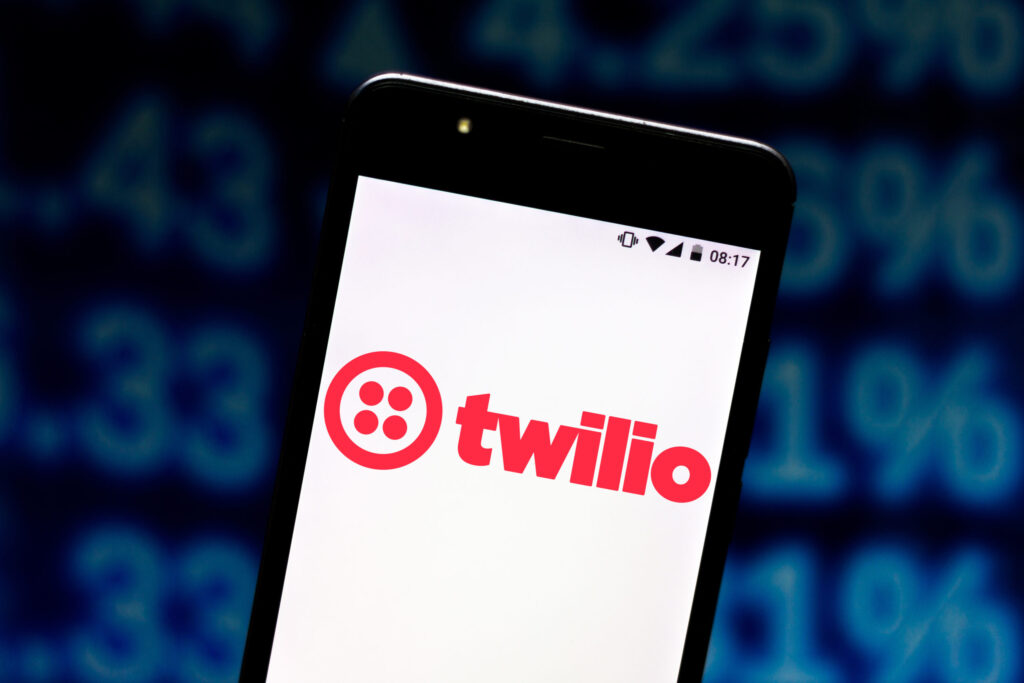Twilio Targeted in Latest ‘0ktapus’ Phishing Attacks
A large-scale phishing attack was recently launched against employees at Twilio, a global cloud-based communications and infrastructure company. Phishing text messages were sent to employees, impersonating Twilio’s IT department, with the aim of harvesting employee credentials. These stolen credentials were used to access internal systems, resulting in a breach of confidentiality in which the data […]
Twilio Targeted in Latest ‘0ktapus’ Phishing Attacks Read More »










